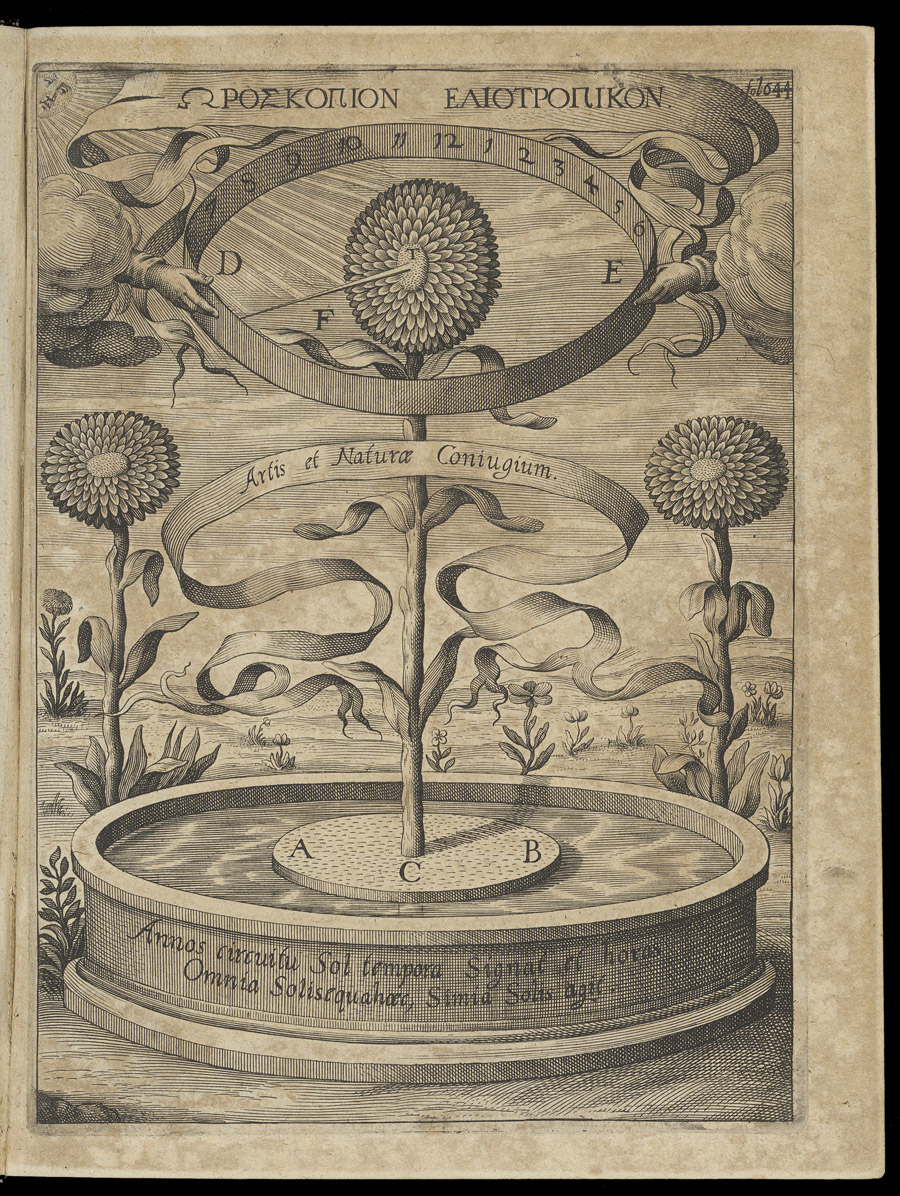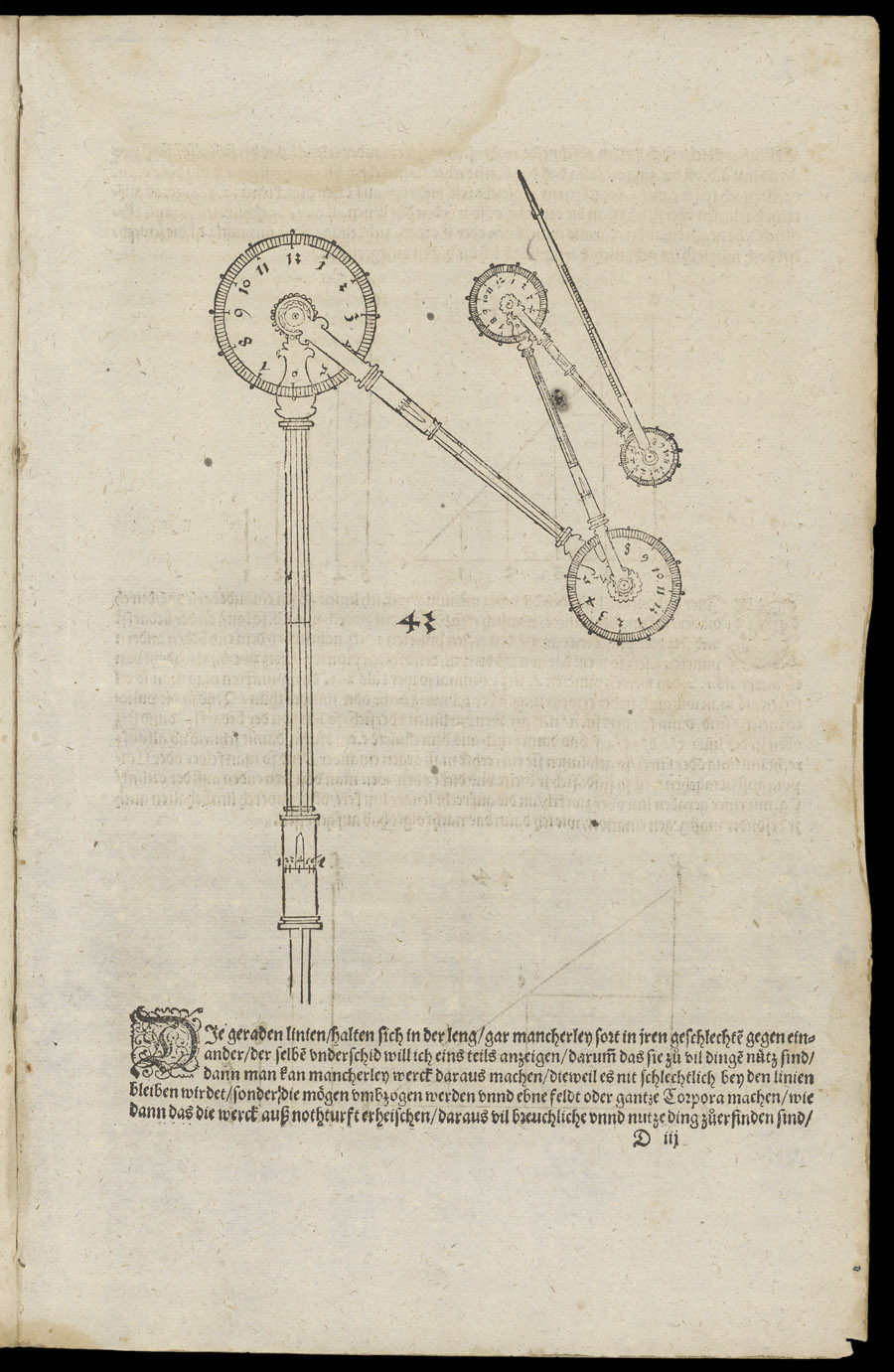Headfarm: Luft – Linie
Thursday, June 26th, 2014R: Dein Haus ist nicht mein Haus, ist nicht kein Haus, wenn es auch nicht mein Haus ist, das keines ist, das Du Haus nennen würdest.
H: Vertreiben wir uns aus dem Haus der Sprache!
M: Krieg den Palasthütten des Kleingeists!
R: Gut, gehen wir nicht mehr auf Heidiegger ein.
D: Eine Linie ziehen, Sand mit einem Finger teilen, dass etwas, ein Kontinuum (sie, die Linie) im Sand, ein Tunnel sichtbar wird, bleibt, bis das Wasser kommt, Wind, Wetter, Zeit; schneller verstreicht der Laut, den ich in die Luft drucke.



